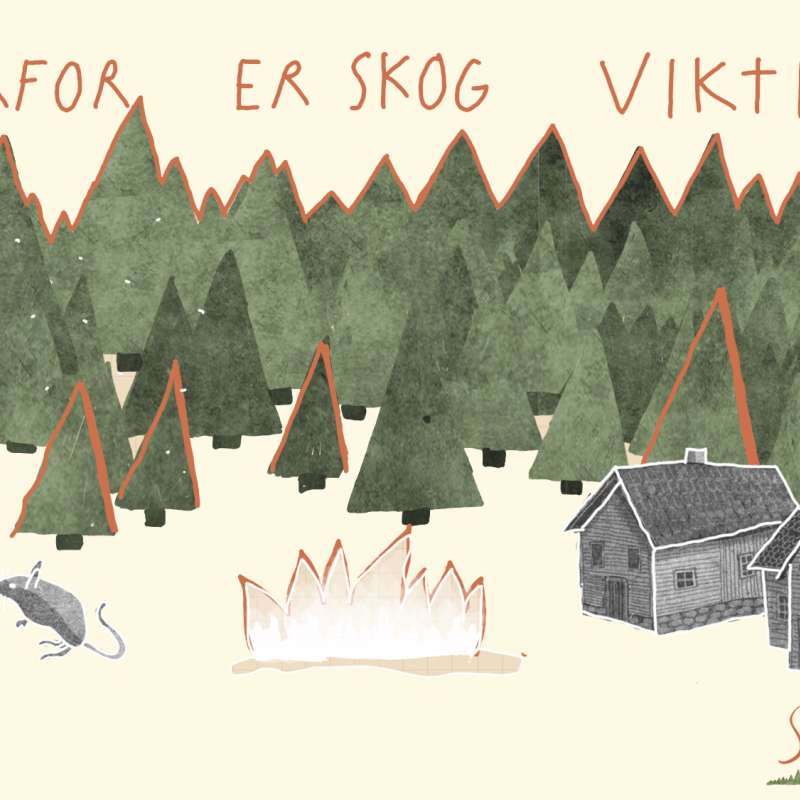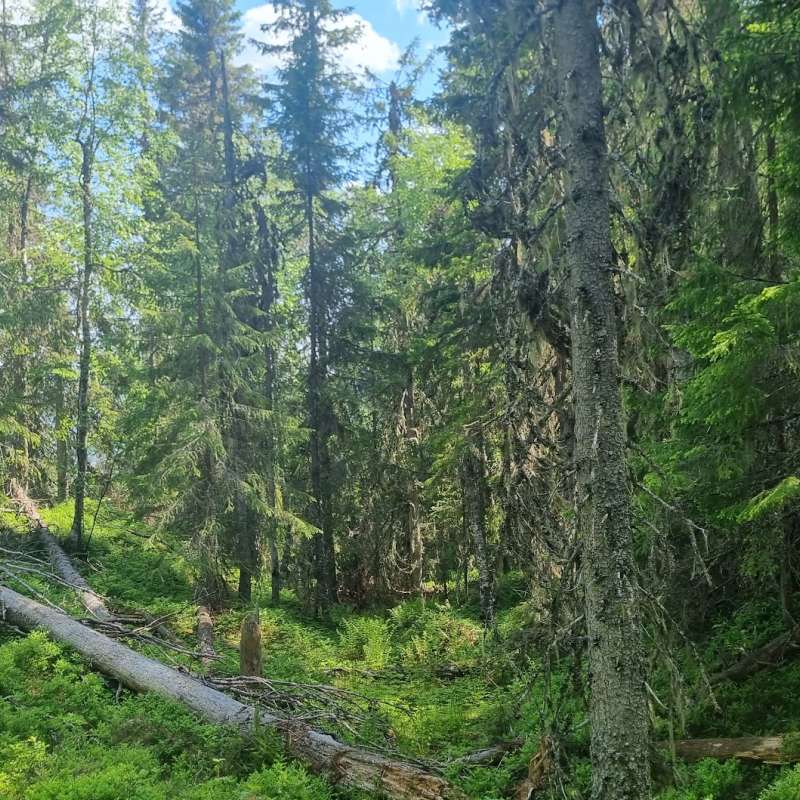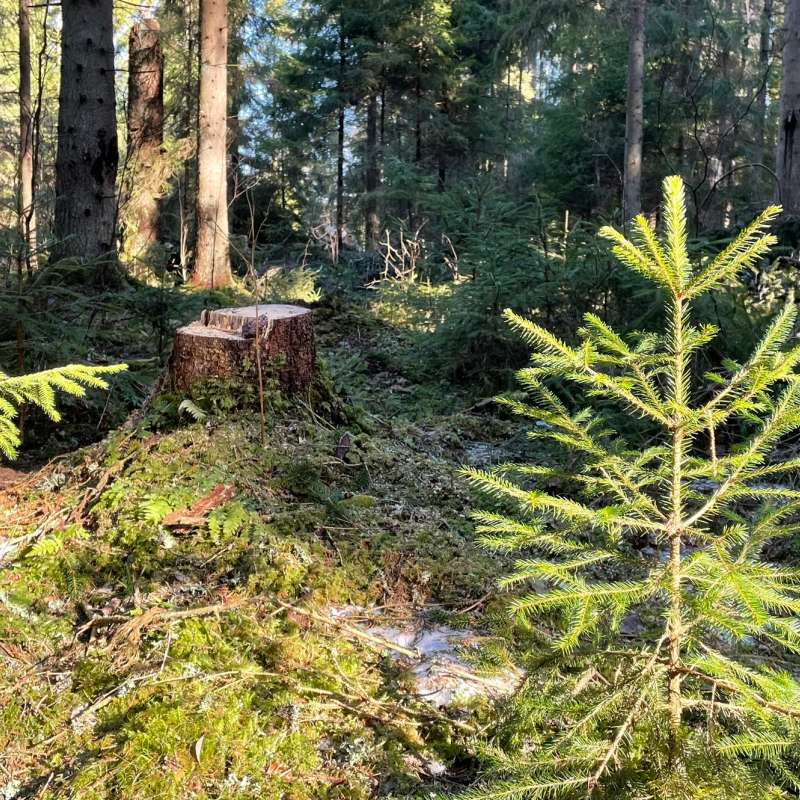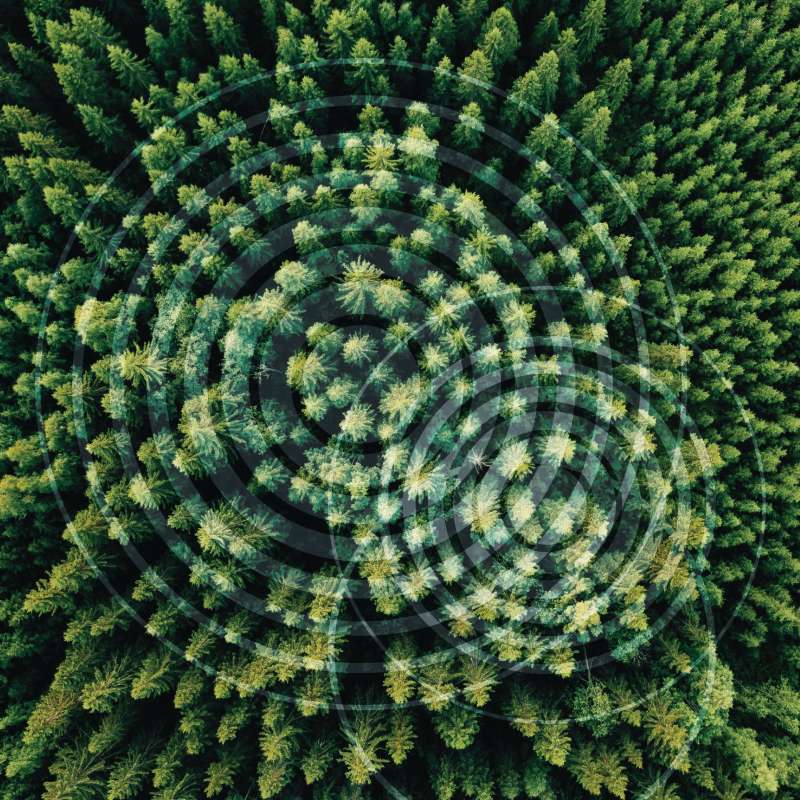Fride Høistad Schei
Forsker
Biografi
Jeg er økolog med en spesiell interesse for hvordan naturlige og menneskeskapte prosesser påvirker arter og økosystemer over tid. Mitt nåværende hovedfokus er skogsøkologi og hvordan tilstedeværelsen av arter i skog påvirkes av viktige faktorer som arealbruk, fremmede arter, sykdom og klimaendringer.
Nøkkelord: Bevaringsbiologi, Langtidsendringer, Lukkede hogster, Overvåkning av arter, Skogøkologi og Skogsertifisering.
Forfattere
Matti Koivula Adam Felton Mari Jönsson Therese Löfroth Fride Høistad Schei Juha Siitonen Jörgen SjögrenSammendrag
Det er ikke registrert sammendrag
Forfattere
Ignacio Sevillano Aksel Granhus Clara Antón Fernandéz Heleen de Wit Fride Høistad Schei Rannveig Margrete Jacobsen Ulrika Jansson Asplund Heikki Korpunen Christian Wilhelm Mohr Jenni Nordén Jørund Rolstad Svein Solberg Ken Olaf Storaunet Marta VergarecheaSammendrag
There is an increasing interest in continuous cover forestry (CCF) as an alternative to clearcutting to promote multi-objective forests and preserve continuous maintenance of forest cover. Here, we assessed the effect that an increased use of CCF harvesting methods (shelterwood and selection cutting) in Norwegian forests can have on carbon sequestration. Thus, we simulated CO2 uptake in Norwegian forest stands throughout the 21st century under three scenarios that represent different levels of clearcutting and CCF harvesting methods, keeping the annual harvest volumes constant across all scenarios. The three scenarios are: 1) Business-as-usual (reference scenario where 3.5% of the harvested volume is obtained using CCF harvesting methods); 2) Harvested volume using CCF harvesting methods is increased to 15%; 3) Harvested volume using CCF harvesting methods is increased to 25%. Increasing the proportion of CCF would increase CO2 removals in the long-term (2100), resulting in an additional uptake of nearly 32 and 24 Tg CO2 when increasing CCF up to 25% and 15%, respectively. However, the simulations also showed that to be able to harvest the same timber volume as in the reference scenario that reflects current practice, an increased proportion of CCF would also require logging on a larger proportion of the forest area. CCF could have also positive implications for certain aspects of biodiversity, such as species that require shaded conditions, but harvesting across a larger total area could negatively impact other animals, plants and fungi.
Sammendrag
Det er ikke registrert sammendrag

Divisjon for skog og utmark
Skogprat
Vi må ha en alvorsprat om skogen, for den er så mye mer enn bare trær.

Divisjon for skog og utmark
Automating Biodiversity Mapping: AI Applications in the Identification of Forest Habitats
I dette prosjektet skal vi undersøke hvordan KI og smarttelefoner kan brukes ved kartlegging av viktige skogstrukturer, og komme forbi begrensninger med tradisjonelt feltarbeid.

Divisjon for skog og utmark
Lukkede hogster: Konsekvenser for produksjon, økonomi og biomangfold
Hovedmålet til prosjektet er å bygge kunnskap og kompetanse om hvordan en omlegging av norsk skogbruk, fra flatehogst til mer bruk av lukkede hogster, vil påvirke produksjon, økonomi og biologisk mangfold.

Divisjon for skog og utmark
SFI SmartForest: Bringing Industry 4.0 to the Norwegian forest sector
SmartForest will position the Norwegian forest sector at the forefront of digitalization resulting in large efficiency gains in the forest sector, increased production, reduced environmental impacts, and significant climate benefits. SmartForest will result in a series of innovations and be the catalyst for an internationally competitive forest-tech sector in Norway. The fundamental components for achieving this are in place; a unified and committed forest sector, a leading R&D environment, and a series of progressive data and technology companies.
